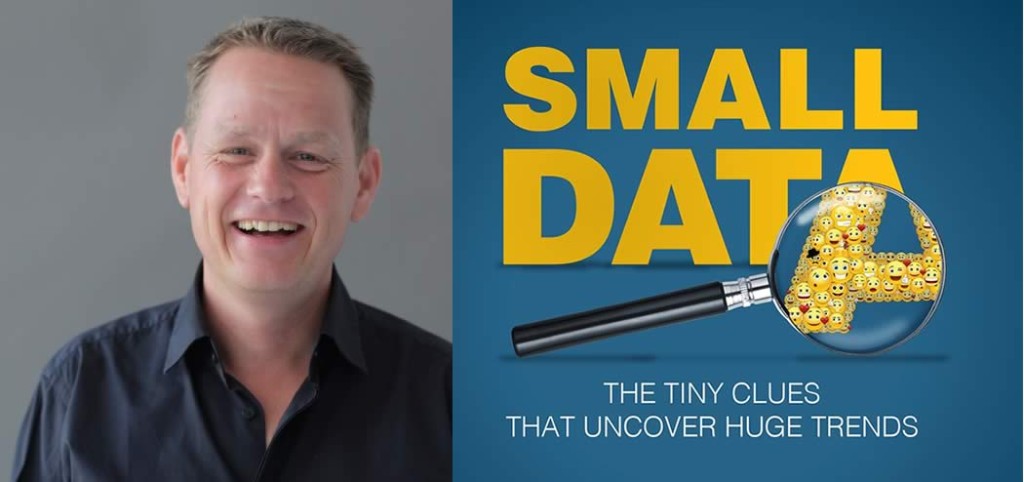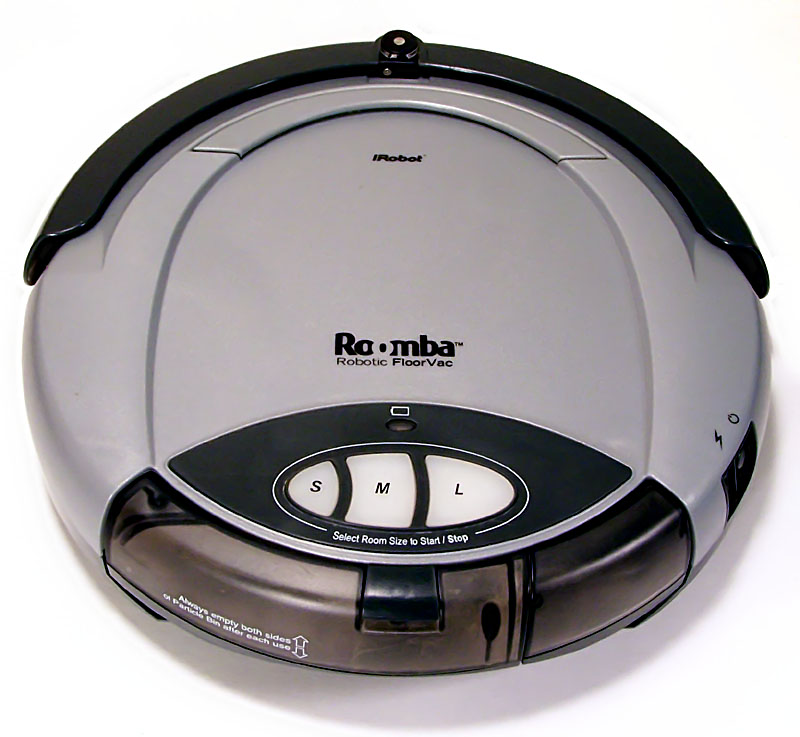One of the biggest concerns in this new age of on-demand, customer-centered experiences is the cloud of Big Data to sift through. We know precisely how to collect it, but no one has yet really figured out how to act on it, much less decide what to act on.
But one enterprising marketer believes we're going about it all wrong – and when it comes to learning about our customers – small is the new big. Here's how his advice is turning everything we think we know about marketing on its head – and causing even big corporations to sit up and take notice.
Meet Martin Lindstrom, author of Small Data: The Tiny Clues that Uncover Huge Trends. Martin was asked to build a branding strategy for Lego in 2004. Of course, we all know and love the Lego brand today – but it wasn't always this way.

Martin Lindstrom, Author of Small Data: The Tiny Clues that Uncover Huge Trends. Image Source: Forbes
Right about the early 1980s, Lego started to decline. Newer, more interactive toys, including Nintendo and related video games were taking a serious bite out of more inventive, creative products. As games became more sophisticated well into the 1990s, Lego continued to fall further and further behind. Lego's reaction to this kind of brand encroachment was to do what every sensible retailer at the time was doing – diversify.
Lego branched out into many different pursuits, including theme parks, clothing, movie tie-ins, and even video games of their own.
Big Data and the Rise of the Digital Native

Lego has branched out from the iconic blocks we all recognize, to movies, games and more. Source: Official Lego Website
As time went on and the earliest millennials hit their teens and early 20s, Lego commissioned a series of studies. Digital Natives, those of us that were born from 1980 onward and grew up during the onset of the Internet, were fidgety, Lego management reasoned, and needed something to occupy their attention at all times.
Lego's own research into their Big Data showed that the news was bleak. Every generation after millennials would find creativity frustrating instead of liberating. They weren't up for the challenge. Lego needed bigger blocks instead of smaller, more detailed ones. Every study showed the same thing. Millennials needed instant gratification.
So Lego did what the data told them. They made bigger blocks. Sales continued to slip. Enter Lindstrom and his small data mindset.
Old Sneakers and Lightbulb Moments

In one of their many customer research forays, the Lego team visited the home of a young German boy. He enjoyed Legos but was also a prolific skateboarder. When asked about his most prized possession, the boy introduced a pair of worn sneakers. Countless skateboarding sessions had worn the shoes down to the perfect fit – and anyone else in the city that happened to be a skateboarder could see that this boy, a Digital Native himself, had poured long hours of time into mastering the board.
That's when Lego realized that millennials and even younger generations weren't the fidgety, ADD-riddled, socially-obsessed, instantly-gratified clique that other generations so mockingly labeled us as. We'd invest as much time and effort we could into creating something worth sharing with others – something worth bragging about.
And to this boy, his shoes were a social currency – a symbol of “street cred” that showed devotion to his craft.
Lego didn't just revert back to what made them great. Thanks to Lindstrom's small data expertise, they built on it (no pun intended!). They made smaller blocks, more intricate pieces and more challenging sets. Today, with sales of over 2 billion dollars, Lego has surpassed Mattel to become the world's largest toy maker.
And it all happened because they chose to focus on the small data instead of the reams and reams of Big Data pointing to the very opposite.
When the Little Things Count

And it's not just toys that benefit from this small data focus. Lindstrom has taken his ideas and put them to work for every product from Roombas to refrigerator magnets. Finding the small, seemingly insignificant things and turning them into pivotal brand shifts that customers love.
So how does he do it? Lindstrom likes to quote, “If you want to see how an animal lives, don't go to the zoo, go to a jungle.” He calls this process “subtexting” – a detailed process that involves gathering information both online and offline, watching for clues and visiting consumers in their own homes to see how they interact with the product. More often than not, there's always a moment where he uncovers some base desire – something that the company or its developers have overlooked or simply ignored, that creates the base for the brand's new image or even a new brand entirely.
Lindstrom even goes so far to (with the family's permission) spend time in their homes, comb through their refrigerators and wastepaper baskets and sift through their garbage. While I'm not advocating that you go dumpster diving in your clients' places of business, it just goes to show how microscopically small and focused “small data” can be. Was the revelation from the eleven year old Lego fan about his shoe a lucky break for the company?
Lindstrom and many other small data proponents don't think so.
And oftentimes, the issue that small data uncovers isn't even about the product itself or what it does and doesn't do. Like with Roomba, the little disc-shaped floor vacuum created by iRobot.
What the Brand Says About You

Small data reported that people owned Roombas not purely for their practical value, but what they communicate to others – quirky, fun, creative.
Human beings all instinctively want to be viewed as more than the things they do. So much of our time is spent at work, that we strive to not become so attached to what we do that it becomes an extension of us. For example, I do a lot of work with conversion optimization and copywriting, but I also love to travel and am learning the guitar. Walk into my house, and you'll see neat sculptures, pottery and other neat cultural pieces from places I've been. I'll share some neat stories with you if you happen to ask about them – and I hope you will.
Lindstrom calls this “Breaking the Frame” and the Roomba is a prime example of it. As it turned out, people didn't just own the Roomba because of its ability to clean floors in a smarter, automated way. They owned it because it made an emotional statement about them – that they were fun, quirky, even “cute” (words consumers used to describe the machine itself). They'd even go so far as to put it in a more conspicuous place so that visitors could see and comment on it.
It seems so small and insignificant but small data is really little pieces of us – pieces that we might not readily share online but still want to be seen. Although no one is advocating stalking your customers for the sake of unearthing their odd habits with regard to your brand, it does beg the question, “what is small data revealing about our target markets that large data is ignoring?”
What are your thoughts? Is small data the next big thing? Have you seen instances where small data has picked up on a trend that big data overlooked? Share your thoughts with us in the comments below
About the Author: Sherice Jacob helps business owners improve website design and increase conversion rates through compelling copywriting, user-friendly design and smart analytics analysis. Learn more at iElectrify.com and download your free web copy tune-up and conversion checklist today! Follow @sherice on Twitter, LinkedIn or Google+ for more articles like this!
Walang komento:
Mag-post ng isang Komento